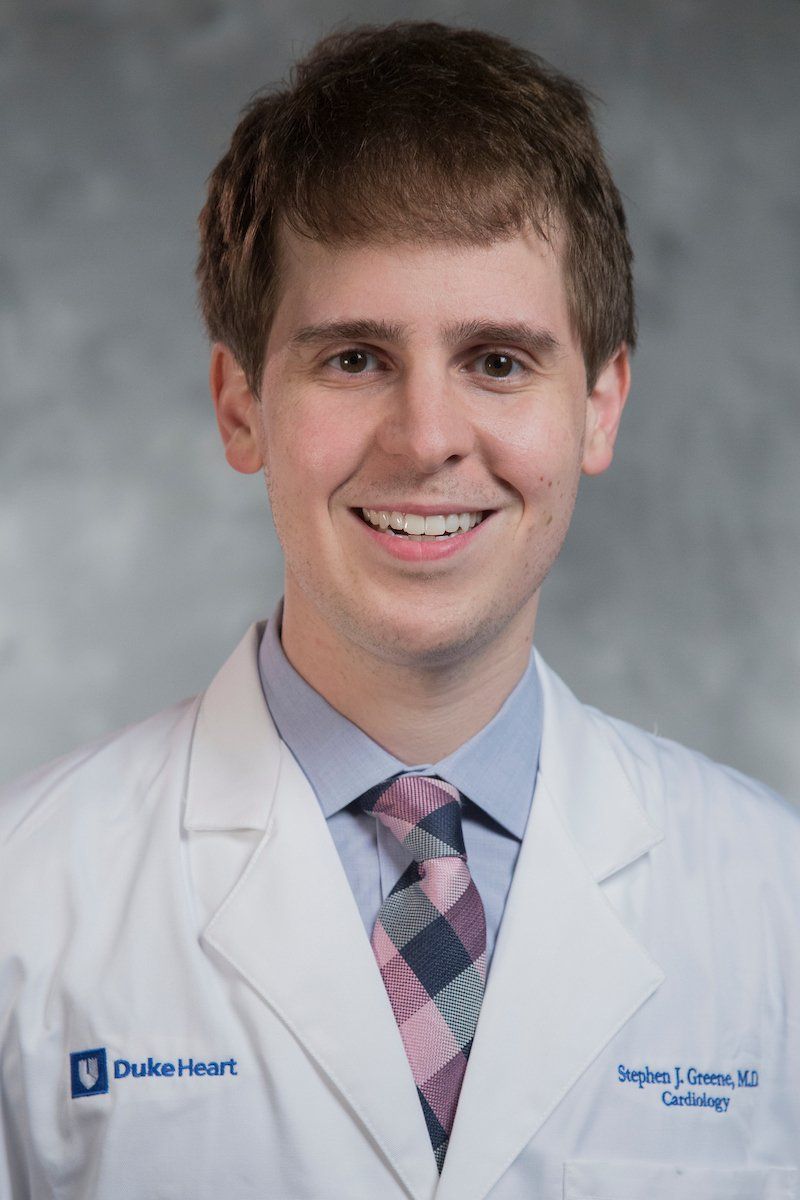Optimizing Initiation of GDMT for Heart Failure, with Stephen Greene, MD
After a presentation on cost considerations and outcomes at HFSA 2022, Stephen Greene, MD, provides perspective on the current state of optimization for GDMT in heart failure.
Stephen Greene, MD

Although the ever-flowing tap of revelations surrounding the benefits of SGLT2 inhibitor therapy that has appeared in the last half-decade continues to flow, a much more prominent emphasis has been placed on implementation science at the Heart Failure Society of America (HFSA) 2022 annual scientific meeting.
The recognition of these benefits with SGLT2 inhibitors achieved a new milestone with inclusion in the European Society of Cardiology 2021 heart failure guidelines and, later, the ACC/AHA/HFSA 2022 heart failure guidelines. To kick off the second day of HFSA 2022, Practical Cardiology Advisory Board member Stephen Greene, MD, assistant professor of medicine at Duke University School of Medicine, participated in a presentation titled “The Trajectory of Worsening Heart Failure and Considerations for Outcomes and Cost of Care”. With the latest iterations of international guidelines, a new emphasis has been placed on optimization of guideline guideline-directed medical therapy (GDMT) for patients with heart failure.
This is because, despite inclusion in guidelines, the fear among clinicians is that the lack of optimized uptake and delayed initiation of these therapies, which has been linked to risk of adverse outcomes, will continue. With an interest in learning more about the current evidence base surrounding in-hospital initiation of GDMT in patients with heart failure, Practical Cardiology caught up with Greene after his presentation for a deep dive into the subject.
Optimizing Initiation of GDMT in Heart Failure, with Stephen Greene, MD
Practical Cardiology: In the last 3 years, how much progress or lack of have you observed regarding optimal initiation of GDMT for heart failure?
Greene: Unfortunately, you know, there hasn't been major progress in cracking this clinical inertia problem and getting GDMT to our patients. I think part of it relates to the culture we've had in heart failure. We have lots of different drugs, but we, generally, do this serial and selective approach where it's one medication at a time and that leads us down a long circuitous pathway where we have to take up to a year before you actually get to maximally tolerated target doses. In the meantime, the patient is exposed to excess risks of death and worsening heart failure. However, there is also the very simple fact that you're probably never going to get there in a lot of cases just because of clinical inertia getting in the way. There are missed clinic visits, hospitalizations, etc.
What myself and others have proposed is that we need to treat heart failure with the sense of urgency that it deserves and that includes rapid sequence initiation. If a patient is hospitalized, starting quad therapy at low doses is the best evidence-based approach based on the totality of evidence for implementation to maximally improve outcomes, but also to give the people the chance to benefit from each of these 4 drugs. I've been talking about this for a long time, but I think this is a major key if we really want to move the needle and give our patients the best chance of benefiting from quad therapy.
Practical Cardiology: Although cost and coverage remain barriers, what else is inhibiting optimal initiation of these agents?
Greene: There are the barriers and, as you identified for our branded medications for select patients, certainly cost and access are major barriers for these patients, but I think we need to actually just look at the totality of evidence and recognize it's not just that. Even our generic medications that we have had for some time, there are enormous gaps in use of these for people that are eligible for them. We see patients that have blood pressures of 120 mmHg and GFR is 50-60. Yet, we still have 2 of 3 eligible people are not getting a generic spironolactone, 1 of 3 to 1 of 4 not getting a beta blocker or an ACE/ARB/ARNI, not just ARNI but even ACE/ARB/ARNI.
So, it's not just about the cost and access, in my opinion, for this the widespread problem. We really need to have address clinical inertiatoday. We can't rest, we need to recognize that heart failure is an extreme risk condition, and we need to take every opportunity every time we see a patient to ask ourselves, "Are they really on the maximally tolerated medication regimen that they can tolerate? Do we really do everything we can to give them all for the mortality reducing drugs?". I think the answer is likely no.
Practical Cardiology: What are some things a clinician could do to address clinical inertia within their own practice or institution?
Greene: The first thing to do is be able to have your own data and reflect on it. There are national initiatives on this, for example the Get With The Guidelines initiative from American Heart Association. At a hospital level, you can see how your hospitals performing for key quality measures like discharge medication use, but also even within the institution. At Duke, for example, we've instituted what you could call clinician report cards.This actually shows the patients that I'm taking care of what GDMT are they eligible for and how many opportunities are being met when I am the provider. I can compare that to the average provider in my section and see how I stack up.
So, again, I think that's the first step to understand what you're doing and what your data look like. Then you can try to move the needle and improve things. Again, it's surprising to me that we have these gaps, but a lot of them are floating under the radar even at an institutional level.